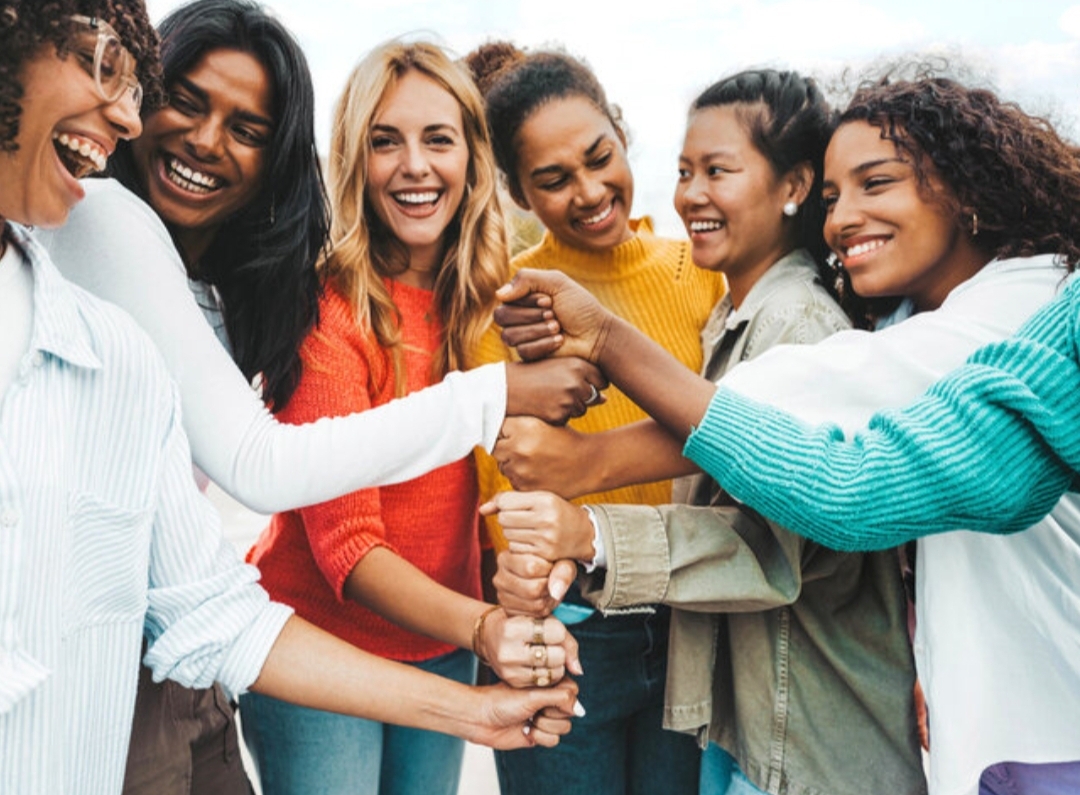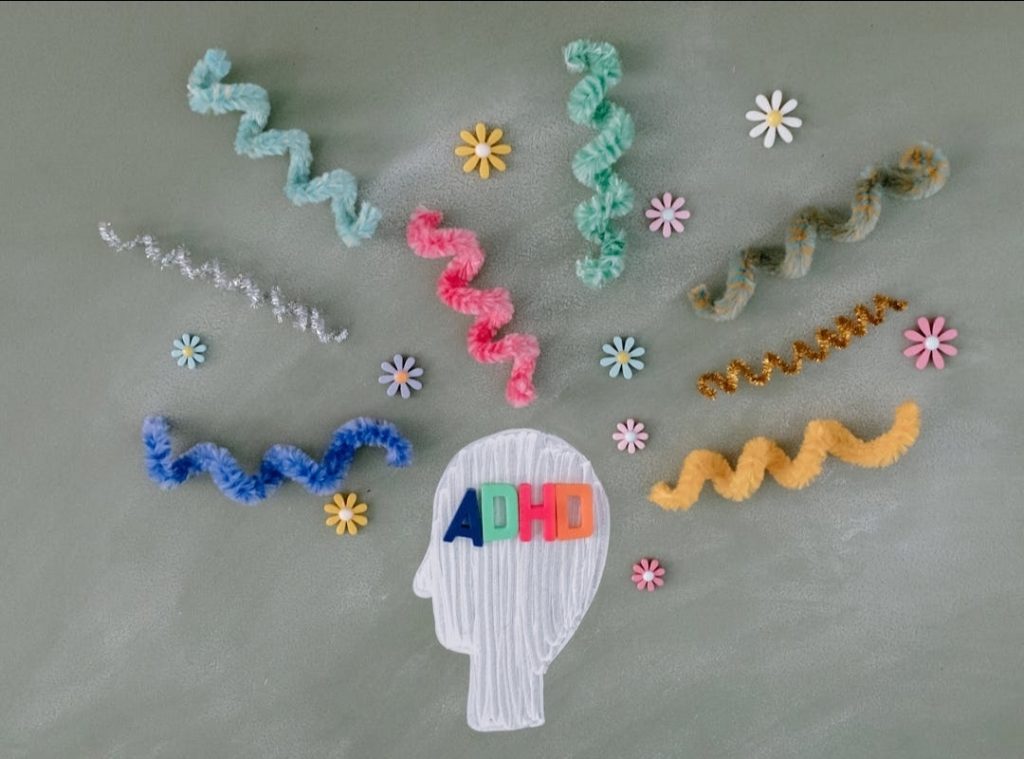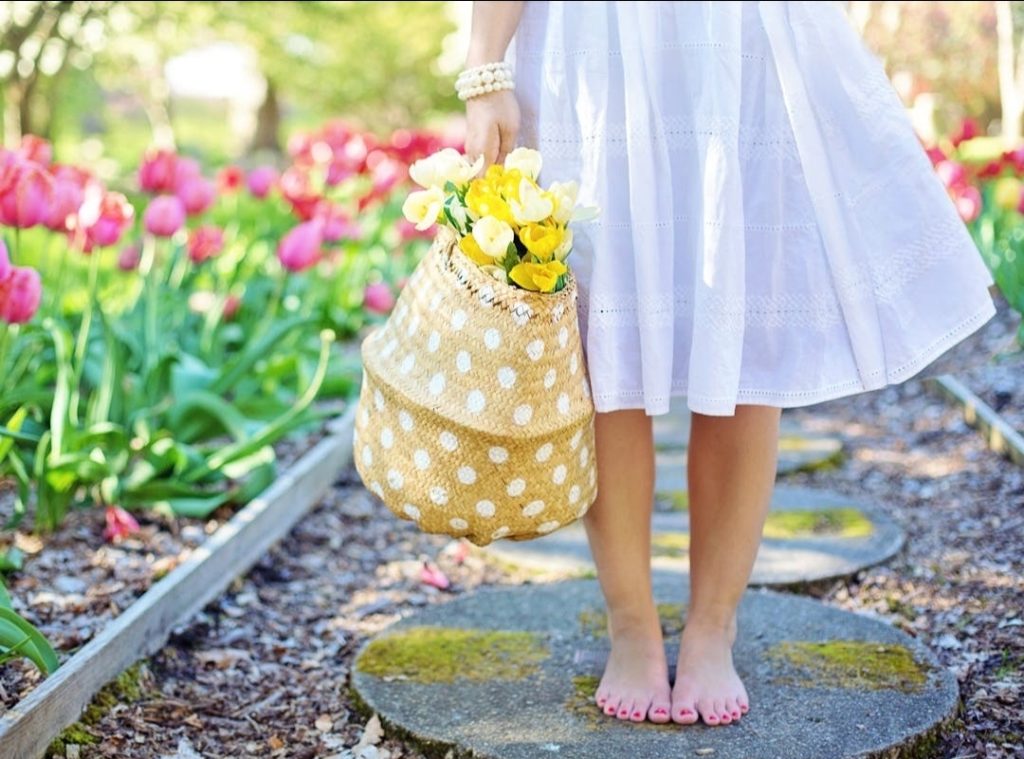Basically, ever since humanity learned how to communicate, we’ve told stories about ourselves, our environment, our dreams, and our woes.
The stories we choose to tell and listen to have had an undeniable impact on who we are as an individual and as a society. They continue to shape how we live our lives, what we believe in, and who we think we are.
Impact of Media Representation on Mental Health
Through storytelling, we build communities, share our experiences and emotions, and look for empathy and solidarity. Stories also help individuals and groups understand their own identities, heritage, and place in the world.
They provide a framework for interpreting personal and collective experiences.
So what happens if you’re a Black little girl, any time before 2010, who dreams of becoming a princess? Based on the majority of Disney movies, you learn that no one who looks like you can be a princess. After all, most of the princesses you see on screen or in books have white skin, straight, long hair, and light-colored eyes.
As a young person, there’s no better feeling than seeing somebody that looks like you on screen. Beauty trends, superheroes, and cultural elements all play a role in determining one’s identity.
What we see, hear, or read informs our perception of reality.
Characters in books, media, and film often serve as role models for children and young people. As a child or teenager, finding a character you like who’s relevant to your current situation is like a balm for the soul. Even though fictional, they can be your guiding light through tough times.
On the contrary, if you can’t find characters who teach you that people like you can be fun, complex, and successful, you might end up rejecting your culture and identity. As a result, your self-esteem will tank, and your confidence in your own strength will suffer.
How Stories Define Our Reality
Besides the way we see ourselves, other people’s perception of us is impacted by media representation. When it comes to minorities like BIPOC, the media also shapes how they are perceived by the general population, which in Western societies is predominantly white.
For instance, if you’re an Asian kid living in 1970s America watching the Aristocats, you’ll probably identify with Shun Gon more than any of the other cats. What’s even more problematic, your friends (most of whom don’t look like you) will do the same and start believing the stereotypes and racist remarks uttered by the character.
This is why lack of proper representation leads to negative perceptions and stereotypes, which then drive discrimination and lead to division.
On the other hand, diverse representation in media, showing the complex lives of real people in the BIPOC communities, can help close gender and race gaps in various sectors.
BIPOC-positive media representation can also create environments of solidarity where ideas are diverse, perspectives are varied, and everyone feels valued.
Let’s consider Mr. Barack Obama’s ascension to one of the most powerful positions in the US and the world. When he became president, possibilities opened up for Black communities. He and his wife, Mrs. Michelle Obama, became and still are role models for young Black people.
They continue to be actively involved in the community and guide young Black people to successful careers and lives. We need more such models of different races and ethnicities that young people can see and admire.
Nowadays, we can also use the power of social media to change deep-rooted stereotypes and reshape ways of thinking.
Support Positive Media Representation of BIPOC
Members of ethnic minorities, especially young people, don’t have it easy (even nowadays). However, positive media representation can help with self-esteem issues and create positive role models that reduce feelings of isolation and improve mental health.
Whether it’s a movie, a TV show, or a content creator on their favorite platform, being able to see people who look like them and understand their background can be a huge deal. When you’re a young member of the BIPOC community, it’s inspiring to see other young people with the same background as you fulfill their dreams and aspirations.
For instance, the Black Panther movies are a great example of positive media representation of Black people. Through these films, Black people, young, middle-aged, and old, have complex and well-developed characters with whom they can relate on the big screen. Furthermore, the rest of the world gets to meet and admire Wakanda’s highly advanced society.
The first Black Panther brought in a billion dollars within its first 30 days. This was undeniable proof that audiences wanted to see Black characters on screen, which opened Hollywood’s doors for the next generation of Black creatives.
Still, this doesn’t mean the fight is over. We still live in an overly-white Hollywood, and the internet still throws temper tantrums when their favorite characters are interpreted by people of color in remakes and adaptations (see the Little Mermaid and Lord of the Rings debacle).
So, what can we do?
First of all, we need to keep the discussion going. Members of the BIPOC community must continue to talk about their struggle and how the lack of media representation is hurting them. But they shouldn’t do this alone.
Those of us outside BIPOC also have a duty to support their efforts and promote their message. So, go follow people of different ethnicities and colors online, learn about their struggles, and share their message.
Watch movies and shows with unconventional characters—it’s a fantastic way to escape the Hollywood and Disney narrative. Also, talk about these movies with your friends and on social media. Use your voice to show the people in power that you, too, are interested in learning.
The Takeaway
The stories we surround ourselves with shape our reality. This is why, especially today, when we have algorithms that make sure we stay in our bubbles, so many people are more or less disconnected from the real reality.
We can use the same algorithms to break through people’s bubbles and let them know the world is a lot more fun and interesting. The market is starting to change, with more diverse and complex characters on screens and more advocates for inclusion online.
We need better representation of BIPOC communities, and this will only come if we all band together and demand it.
Her Nexx Chapter invites you to join our free Community where women from around the world are connecting with each other’s stories, exploring different experiences, and transforming ideas.
The Future of Connection for Women








0 Comments